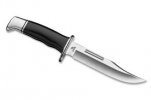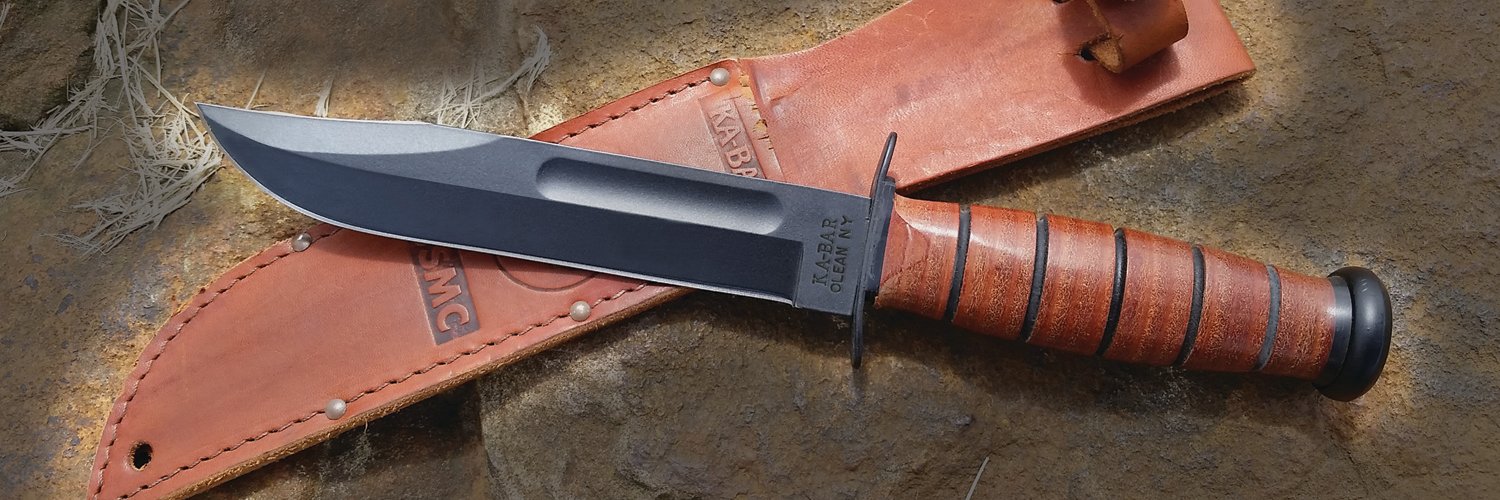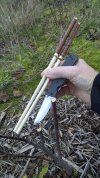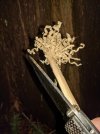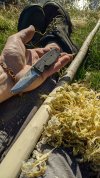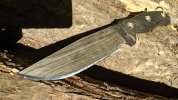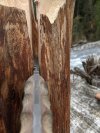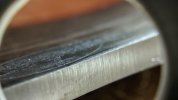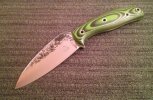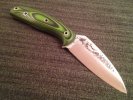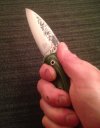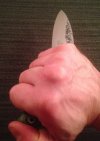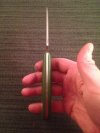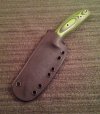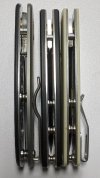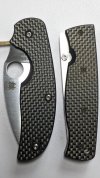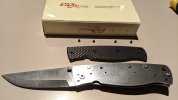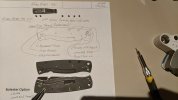- Joined
- Jan 24, 2018
- Messages
- 680
I'd like to hear you guys' thoughts and discussion on knife design. Some points or topics I'm looking for along with general discussion are:
- Favorite design style (anything from blade shape, handle contours, specific styles, traditional, Japanese, etc.)
- Reasons (if any) why you prefer the style you do (functional, aesthetic, etc)
- Photos or names of knives that capture the style you like or want to talk about as reference
This doesn't have to be practical, it was just a fun thought that I had and wanted to see some different views and preferences you guys had from all over the forums. The more pictures, the better!
As for me, I've always gravitated to a more traditional utility style of knife. Specifically, the drop point and the clip point blade are tied for my all time favorite blade shape for everyday use. They both have plenty of belly for slicing, some flat area for general use, and both have very useable tips that can accomplish a variety of everyday tasks. They also happen to be the best hunting knife designs so that is a bonus as well. The Loveless drop point and the Buck 119 are perfect examples of each respective design.
- Favorite design style (anything from blade shape, handle contours, specific styles, traditional, Japanese, etc.)
- Reasons (if any) why you prefer the style you do (functional, aesthetic, etc)
- Photos or names of knives that capture the style you like or want to talk about as reference
This doesn't have to be practical, it was just a fun thought that I had and wanted to see some different views and preferences you guys had from all over the forums. The more pictures, the better!
As for me, I've always gravitated to a more traditional utility style of knife. Specifically, the drop point and the clip point blade are tied for my all time favorite blade shape for everyday use. They both have plenty of belly for slicing, some flat area for general use, and both have very useable tips that can accomplish a variety of everyday tasks. They also happen to be the best hunting knife designs so that is a bonus as well. The Loveless drop point and the Buck 119 are perfect examples of each respective design.

